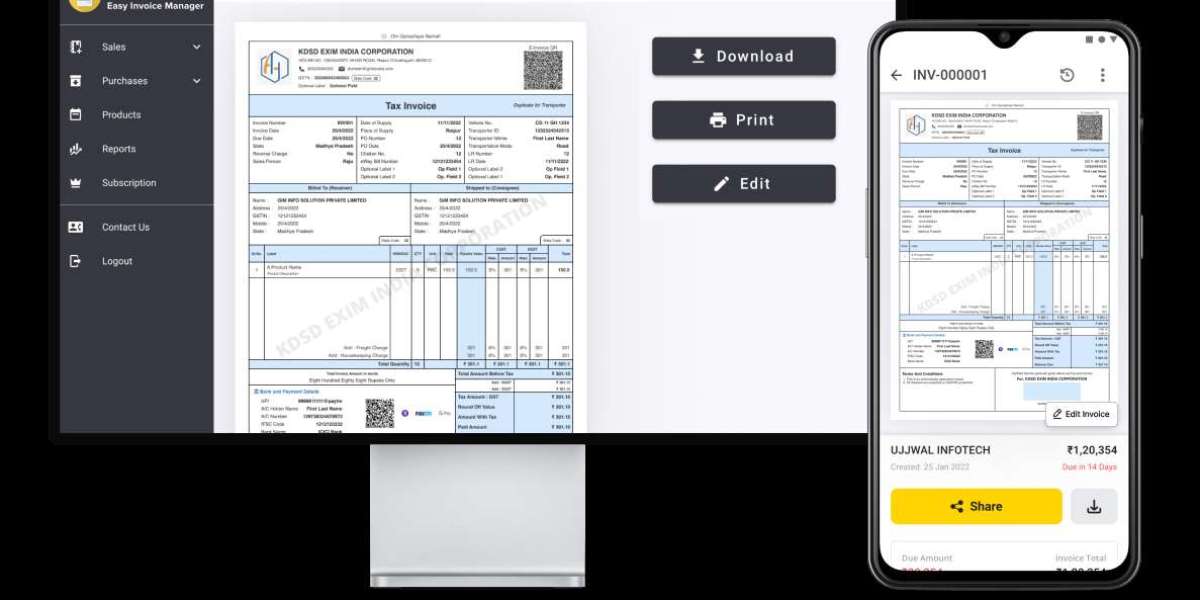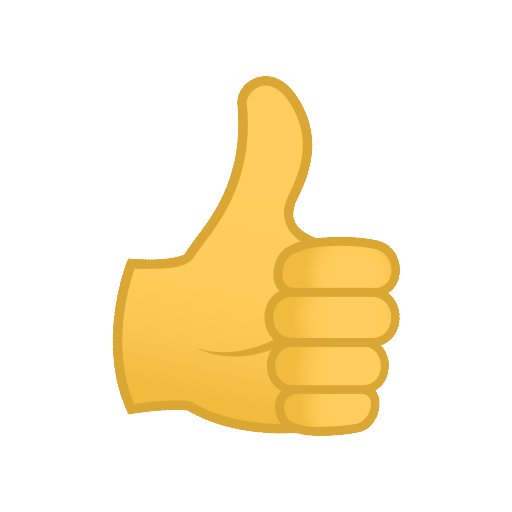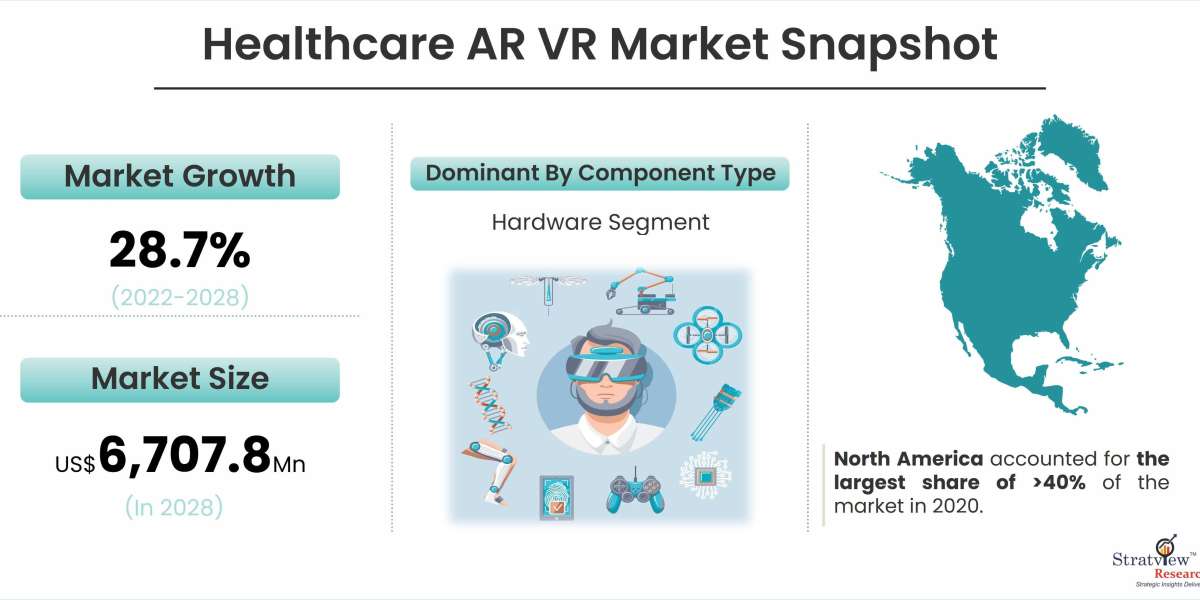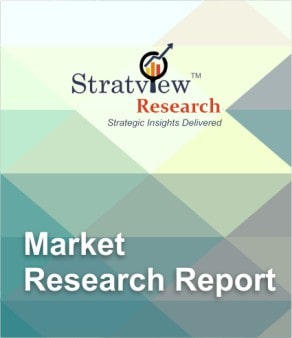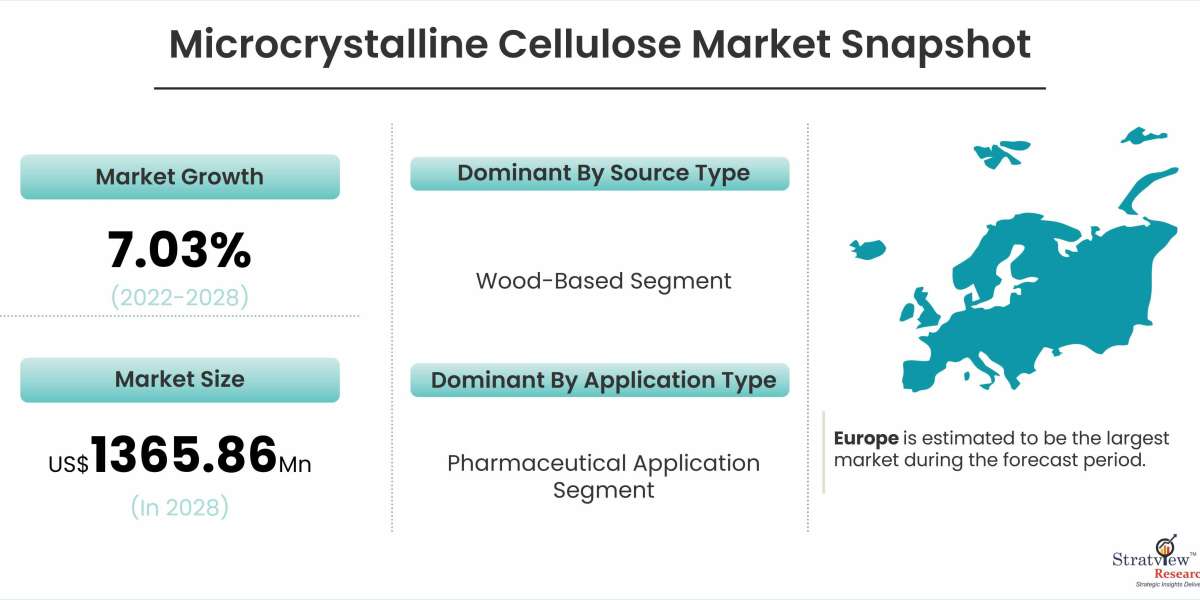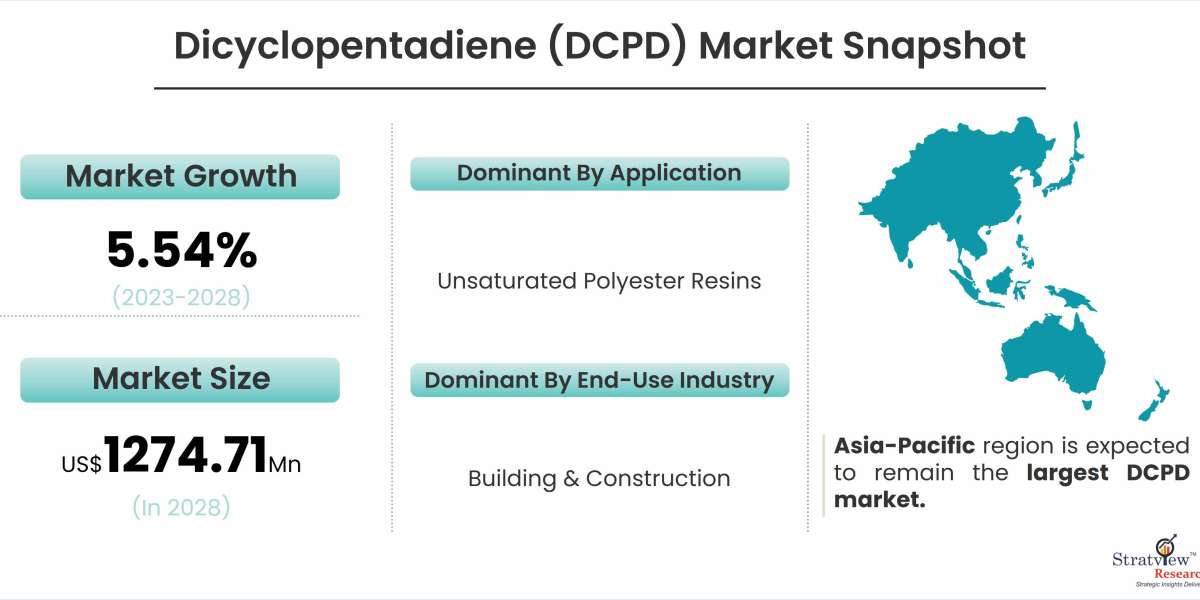How Accounting Billing Software Makes Managing Money Easier | #Accounting Billing Software # Bill Generator # Billing and Accounting Software # Billing App # Billing Software for PC # Mobile Billing Software # Billing Software # Online Billing Software


@Gourav000
The Rise of Augmented and Virtual Reality in Transforming Patient Care | #Healthcare AR VR Market
Innovations in Care: The Rise of Smart Medical Alert Systems
In an era where technological advancements are reshaping the landscape of healthcare, smart medical alert systems have emerged as pioneers in providing personalized and efficient care solutions. No longer limited to traditional emergency response mechanisms, these intelligent devices are incorporating cutting-edge technologies to redefine how we approach safety and well-being. This blog delves into the realm of smart medical alert systems, exploring the innovations that are propelling the rise of these sophisticated devices and the transformative impact they have on the future of healthcare.
According to Stratview Research, the Global Medical Alert Systems Market is estimated to grow from USD 7.39 Billion in 2022 to USD 13.39 Billion by 2028 at a healthy CAGR of 10.41% during the forecast period of 2023-2028.
The new research study analyzes industry trends, pricing, patents, conference and webinar materials, key stakeholders, and buying behavior in the medical alert systems market.
The medical alert system is a device that is used to signal healthcare personnel during an emergency via a panic button worn by the user in the form of a wristband or a pendant. Medical alert systems are sold with a wireless transmitter that can be activated in a medical emergency. A population of disabled and old age people who live independently are the major users of these devices.
To learn more about the report, click here:
https://www.stratviewresearch.....com/1184/medical-ale
The Evolution of Emergency Response
Medical alert systems have come a long way from the simple push-button devices of the past. While those devices served a crucial purpose in their time, the rise of smart medical alert systems represents a quantum leap in the evolution of emergency response technology. These systems are not just reactive; they are proactive, incorporating a range of features that go beyond the traditional call-for-help function.
Integration of Wearable Technology
At the heart of the rise of smart medical alert systems is the integration of wearable technology. Wearables, ranging from discreet pendants to stylish smartwatches, have become the new face of emergency response devices. The advantage lies not only in their portability but also in the seamless integration into the user's daily life. Wearable devices ensure that individuals have their safety net with them at all times, without feeling encumbered by an additional device.
Sensors and Artificial Intelligence
One of the defining features of smart medical alert systems is the incorporation of advanced sensors and artificial intelligence (AI). These sensors are designed to detect a range of events, from falls to abnormal vital signs. The integration of AI allows for real-time analysis of data, enabling the device to distinguish between normal activities and potential emergencies. For example, if a user falls, the system can assess the severity of the fall and automatically initiate an emergency response if necessary.
GPS Tracking for Enhanced Mobility
Smart medical alert systems often come equipped with GPS tracking capabilities. This innovation is particularly valuable for individuals who lead active lifestyles or those with cognitive impairments who may wander. GPS tracking not only facilitates quicker emergency response by pinpointing the user's location but also provides peace of mind to caregivers and family members who can monitor the user's movements remotely.
Two-Way Communication
Traditional medical alert systems allowed users to call for help, but smart devices take this a step further with two-way communication. Users can speak directly to a monitoring center or emergency responders through the device, enabling better assessment of the situation and providing reassurance to the individual in distress. This feature enhances the effectiveness of emergency response by allowing for clearer communication.
Connectivity and Internet of Things (IoT)
The rise of smart medical alert systems aligns with the broader trend of the Internet of Things (IoT). These devices are part of a connected ecosystem, allowing seamless communication between the medical alert system, caregivers, healthcare providers, and even other smart devices in the home. This connectivity ensures that relevant information is shared in real-time, creating a more holistic and responsive approach to healthcare.
User-Centric Design
In addition to technological innovations, smart medical alert systems are placing a strong emphasis on user-centric design. Recognizing that these devices are often used by seniors or individuals with specific health needs, manufacturers are focusing on creating devices that are not only functional but also aesthetically pleasing and easy to use. Comfort, style, and simplicity are at the forefront of the design process.
Telehealth Integration
Some smart medical alert systems are expanding beyond emergency response to integrate telehealth features. Users can access virtual consultations, share health data with healthcare providers, and receive remote monitoring. This convergence of emergency response and telehealth creates a comprehensive healthcare solution, empowering individuals to manage their health more proactively.
Market Trends and Industry Players
The rise of smart medical alert systems has sparked a wave of innovation in the market, attracting both established players and new entrants. Technology companies, healthcare providers, and startups are investing in research and development to push the boundaries of what these devices can achieve. The competition is driving advancements and ensuring that users have access to a wide range of options that cater to their unique needs.
Addressing Concerns: Privacy and Security
As with any technology that collects and transmits personal data, concerns about privacy and security have surfaced. Users rightfully want assurance that their health information is protected. Industry stakeholders are responding by implementing robust security measures and transparent data practices to address these concerns and build trust among users.
Future Horizons: Artificial Intelligence and Predictive Healthcare
Looking ahead, the integration of artificial intelligence is poised to play an even more significant role in the evolution of smart medical alert systems. AI algorithms can analyze user data to identify patterns and trends, enabling predictive healthcare interventions. For instance, early detection of changes in vital signs or activity patterns could trigger proactive measures to prevent emergencies before they occur.
Conclusion
In conclusion, the rise of smart medical alert systems represents a paradigm shift in the way we approach emergency response and healthcare. These devices are not merely gadgets; they are sophisticated guardians of health, leveraging the power of wearable technology, sensors, artificial intelligence, and connectivity to redefine safety and well-being. As technology continues to advance and the market grows, the future holds exciting possibilities for smart medical alert systems. From predictive healthcare interventions to seamless integration with telehealth services, these devices are at the forefront of a new era in personalized and proactive healthcare solutions. In an age where innovation meets compassion, smart medical alert systems stand as beacons of progress, ensuring that individuals can live with confidence, knowing that their health and safety are in capable hands.
About Us
Stratview Research is a global market research firm, offering syndicated and custom research reports and growth consulting services. Our business intelligence and industry research reports offer clients insightful market data to aid strategic decision-making. These exclusive reports are the result of exclusive research methodology and are available for key industries such as chemicals, composites, advanced materials, technology, renewable energy, and more.
Stratview Research delivers custom research services across sectors. In case of any custom research requirements, please send your inquiry to sales@stratviewresearch.com or connect with our experts at +1-313-307-4176.
Unveiling the Growth Trajectory: A Deep Dive into the Microcrystalline Cellulose Market | #Microcrystalline Cellulose Market # MCC Market
Navigating the Growth: A Comprehensive Analysis of the Global Dicyclopentadiene (DCPD) Market | #Dicyclopentadiene Market # DCPD Market
